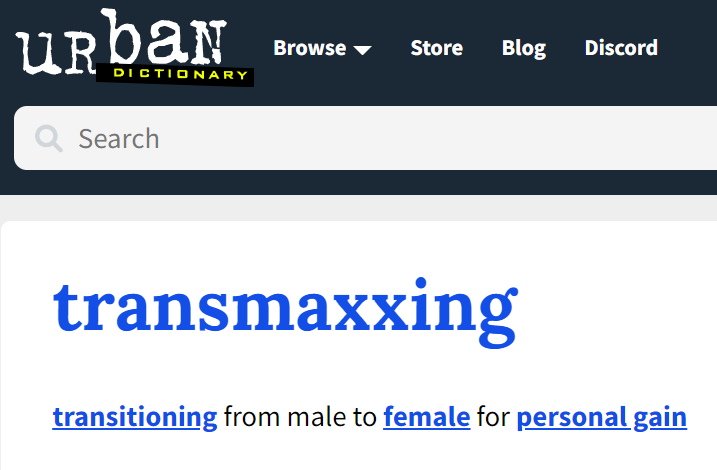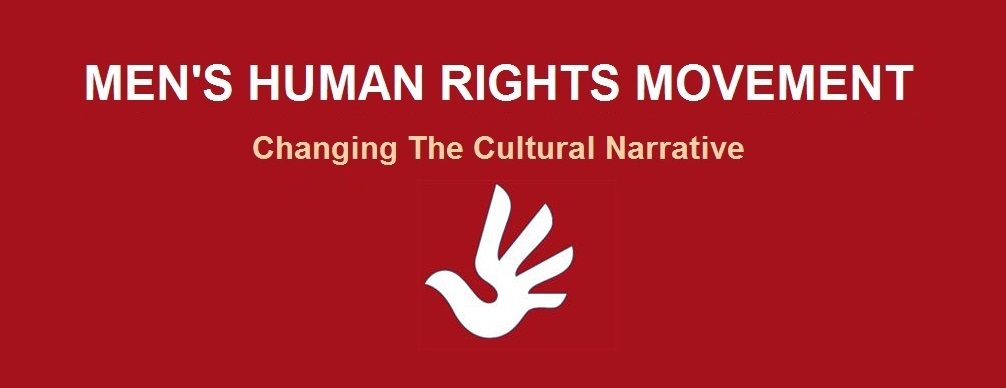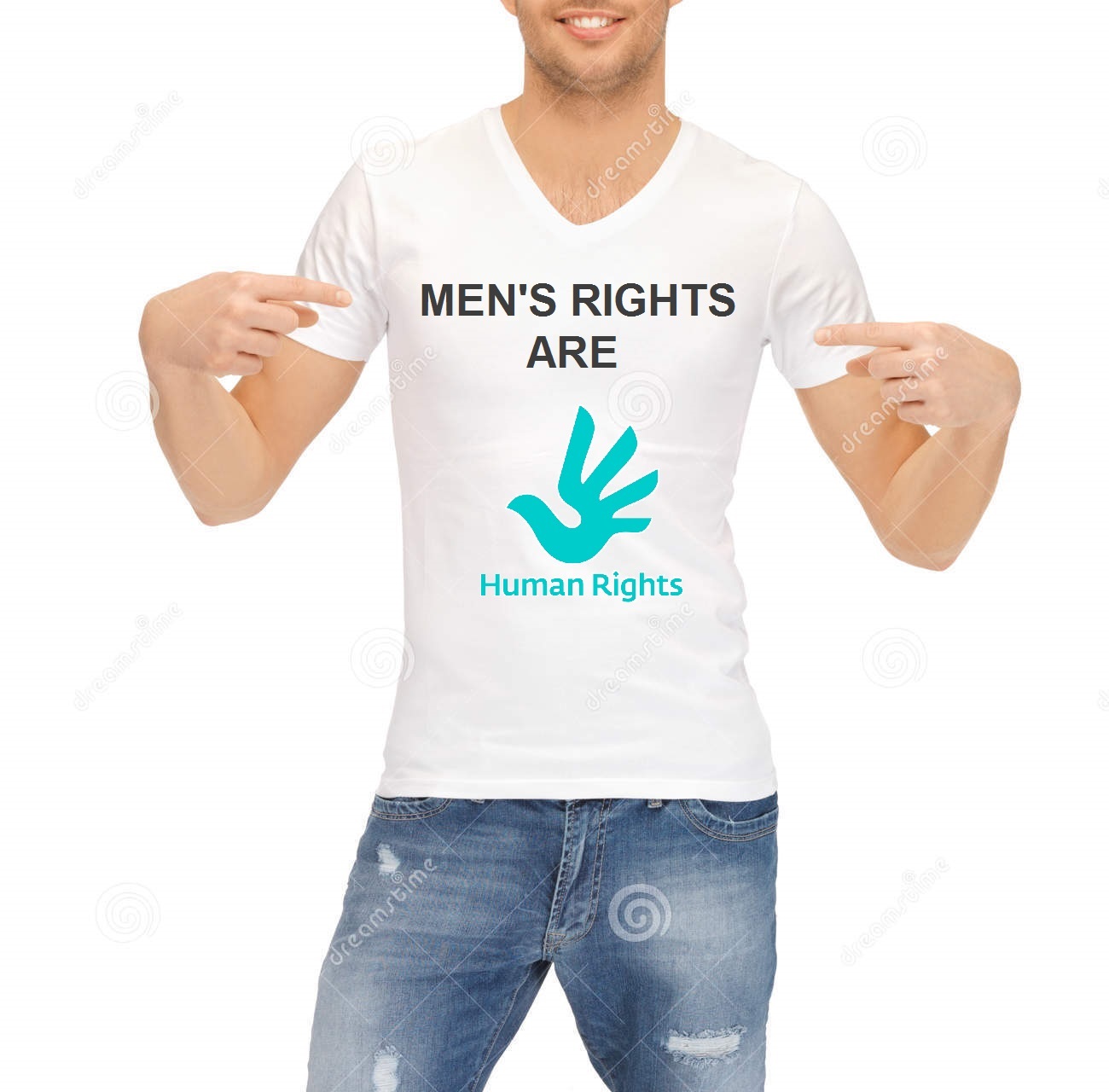Transmaxxing is a relatively new term referring to men who transition gender (MtF) in order to obtain personal, social and legal benefits associated with being female. Said differently, the transmaxxer transitions to female status, and not to recognizing a sense of female selfhood as is the case with transwomen.
The phenomenon appeared many years before the term was coined, and while it has recently gained some interest in the incel community, its application is far broader than that. It involves a decision to identify as a female regardless of this being contrary to one’s usual sense-of-self.
The Urban Dictionary defines transmaxxing simply as, “Transitioning from male to female for personal gain.”

Based on this broad Urban Dictionary definition we will conclude the following: 1. that transmaxxing cannot be reduced to an incel activity, nor to a proclivity of gay men as some have proposed, nor to any other single demographic. 2. It never or rarely applies to cases of female-to-male transition which are considered to involve minimal gain. 3. Transmaxxing isn’t based on the clichéd explanation that the individual is “a female trapped inside a man’s body,” nor that he “has always felt like a woman.” 4. The only premise of transmaxxing is the undergoing of a MtF transition for the sake of securing a range of benefits associated with female identification.
So lets look at some of those benefits.
Some recent online discussions have cited the following benefits belonging exclusively to the female sex, and also by legal extension to transmaxxers:
SAMPLE OF BENEFITS
- Get cheaper car and life insurance
- No registering with selective service
- Enter men’s & women’s locker rooms/restrooms whenever you want
- People will treat you better
- Whine all you want and people will listen
- Receive special considerations and child-custody in family court
- Earlier retirement and associated pension grant
- Free legal aid
- Services for victims of domestic violence
- Free or subsidized accommodation for the low income women
- Female only scholarships
- Female employment quotas
- Affirmative action hires
- Being able to sue for sexism
- Lighter prison sentences
- More leisure time, less work
- Receive greater empathy and sympathy
- Greater social support
- More narcissistic gratification for achievements
- To be believed regardless of lack of evidence
- Use public transport & parking spaces reserved for women
- Receive higher pass marks for the same school work
LIVING EXAMPLES
Equador
René Salinas Ramos is an Equadorian “transmaxxer-woman.” Ramos, who works as a journalist, was born male. Ramos experienced discrimination against men in the Ecuadorian family court system and legally changed her gender to female in late 2022. Ramos hopes now that the courts will treat her more fairly and that she can gain custody of her children.[1]
Switzerland
In Switzerland a man has exploited an administrative loophole and formally transmaxxed his gender to female in order to retire a year earlier. Swiss rules enable any Swiss resident with the “intimate conviction” that they do not belong to the sex they are registered as in the civil status register can apply to change their gender, in addition to their first name, for just 75 Swiss francs (€72). The unnamed man from Lucerne successfully applied to transmax his gender so that he could receive his state pension at the Swiss retirement age for women of 64, a year earlier than men.[2][3]
Germany
In Germany a self-identified transmaxxer named Tina has undergone medical transition to reap various sexual and social advantages over her former existence as an ‘incel,’ and claims to be treated better as a female under the social systems in which she lives. Such advantages included being successfully admitted to attend a female-only university class, with Tina adding that “there’s a government quota that needs to be met in Germany regarding women’s employment, and obviously I count as a woman legally, so I will have a easier time finding a job.”[4]
Tina was interviewed by Robert Brockway and Vernon Meigs on the The Goal Post.
Norway
In Norway, 2023, a male student changed gender to gain admission to the esteemed NTNU program which prioritized female applicants. The student took advantage of the nation’s lenient gender self-identification laws to gain admission to the Norwegian University of Science and Technology (NTNU), and said that changing his gender for the purposes of gaining extra admission points was “about as easy as switching mobile plans.” According to Finansavisen,[5] the unnamed male student took advantage of the policy after failing to meet merit-based standards. Seeking to gain extra admission points, the student changed his gender marker, allowing him to collect just enough points to be admitted into the Industrial Economics and Technology Management (Indøk) program. The program had a bonus two “gender points” for “female” applicants.[6][7][8]
PRAXIS
Transmaxxers don’t need to use hormone replacement therapy, wear lipstick, put on a dress or engage in other performative gestures we might typically associate with transwomen (although some may choose to take these extra steps). Further, transmaxxer identification doesnt even require a renunciation of traits referred to as masculine. At minimum, all it requires is a technical change of gender either on a legal paper, or in some countries by verbal statement, and numerous aspects of female privilege become available for the transmaxxer’s enjoyment.
While the change of gender may appear cynical or inauthentic, we can say that transmaxxers may genuinely identify with an internal sense of privilege, esteem, status, deservingness, dignity, worth, purity, beauty and social value that we euphemistically call “feminine.” The degree to which a transmaxxer genuinely identifies with these “feminine” things, such femininity is integral to his sense of self.
______________________________
Addendum: The primary difference between a transwoman and transmaxxer needs to be differentiated, as there seems to be some confusion on this point. Transwomen organically feel & desire female identification, with negligeable desire to identify as male. Whereas MtF transmaxxers tend to identify as male or gender dysphoric, without an organic desire to identify as a woman. This can be summarized as follows:
- Transwoman is an autonomous desire and identification of the self as female
- Transmaxxing is a decision, rather than an autonomous desire, to identify as female gender contrary to one’s usual sense-of-self. The transmaxxer can be said to legitimately “transition” to female status, rather than female selfhood.
References:
- Father legally changes gender to female in attempt to gain custody of his kids: ‘I’m also a mom’
- A man changes his gender to retire earlier – The European Times
- Swiss man changes gender to retire and receive his pension a year earlier
- Tina’s Guide To Transmaxxing quote from video ‘A bunch of Incels debating a transmaxxer’
- Changing Gender To Get A Place On A Prestigious Course
- NORWAY: Male Student Changes “Gender”To Gain Admission To Esteemed NTNU Program Which Prioritized Female Applicants, Feminist News And Opinion
- Student gender change sparks debate on admission policies
- Changing Gender To Get A Place On A Prestigious Course
 Following that email exchange, Paul Elam went ahead and wrote an article in which he made the following official announcement:
Following that email exchange, Paul Elam went ahead and wrote an article in which he made the following official announcement:
